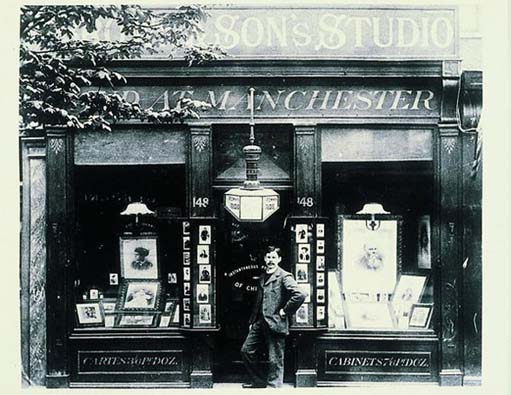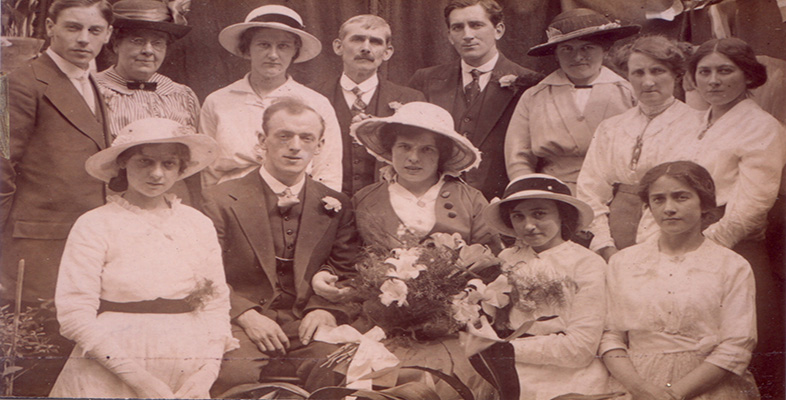5.5 Rites of passage

Most portraits, however, were taken to celebrate rites of passage, such as christenings, comings of age, engagements, weddings and anniversaries. The photographs bore witness to a successful progression through life, provided eloquent testimony to the social conformity, virtue and respectability of the Victorian family, and provided ample opportunity to flaunt wealth and possessions. Because the photographs were taken in the studio they were not documentary in character. They tell us little or nothing about how the occasion was celebrated, only that the family regarded the occasion as significant.
Most family historians want to discover the identity of the sitters. Our ancestors rarely troubled to put names to portraits. Why should they bother when they knew their own relatives? (A reminder to us to be diligent in recording details about our own photographs!) You will be better placed to solve this difficult problem if you can identify the occasion celebrated in the portrait and can link that occasion with an approximate date for the photograph. The studio's location can also help. So if you have a wedding portrait taken in the early 1870s in the Chester area you may be able to assign possible identities using information found in marriage registers or census records.
We need to spend some time now seeing if we can identify the occasion behind the portrait. This is not always as easy, since the visual subtleties are often now lost to us and we have ceased to observe some of the rituals of the past.
Obviously those rites of passage which required distinctive dress are the easiest to recognize, so let's start with an easy one.
